
Subcontractor Capabilities














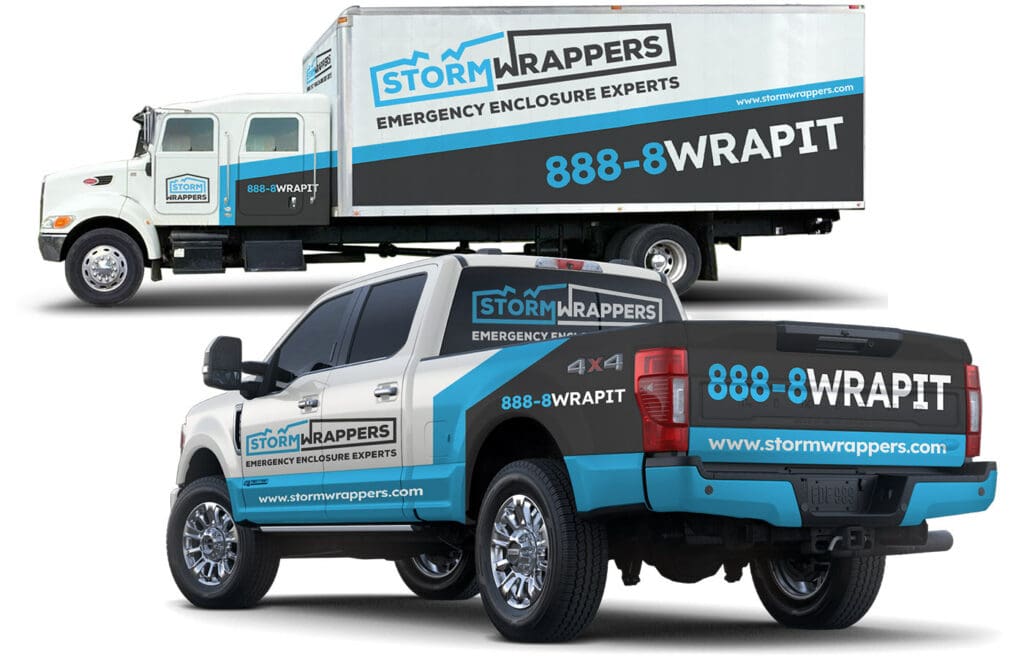
Our rapid response limits further building and property damage.
Unlike tarps which last only about a month, look unsightly and are leak prone, our shrink-wrap protects your property against further damage for six months, guaranteed with a finished look.
Our experience in navigating the insurance claims process can help the process move faster.
StormWrappers was among the first providers of emergency enclosures using the superior shrink-wrapping alternative to traditional blue tarps. We are among the largest installers of emergency enclosure shrink-wrap by square foot in the United States, helping building owners in several of the most severely damaged areas protect their property from sustaining further damage.
Mother nature is not forgiving. Storms can come and go with little warning, and the damage can be unpredictable. StormWrappers acts in three steps: assessment, stabilization, shrink-wrapping. While outdated methods of property damage protection have called for blue tarps, shrink-wrap is a more effective option for six main reasons:
StormWrap shrink-wrap is thicker and stronger than the plastic used in tarps, 10-12 mil shrink-wrap vs. 4-6 mil blue tarps which makes it less likely to be torn apart or blown away by strong winds. This reduces the amount of pressure put on that structure from powerful gusts of wind.
Shrink-wrap is more aesthetically appealing on the roofs and walls of buildings than blue tarp. This is largely because of its sleek, modern look. Shrink-wrap can be installed quickly and easily with minimal disruption to a building’s aesthetics or environment. It allows for an uninterrupted line of sight that doesn’t distract from other architectural features like windows or doors. It also doesn’t ruin the building’s aesthetic.
After the StormWrappers’ team assesses and stabilizes the building’s damages, Stormwrappers will begin drying in the structure: the number one goal is to protect against water damage, but blue tarps often allow moisture in, even if taped over. When blue tarps don’t work correctly (which is often the case) they don’t just fail to do their job, they typically lead to additional damage.
Why are blue tarps less effective? Well, they are made from polyethylene, which is not as strong or durable. When exposed to rain, wind and sun, the tarp can quickly become brittle and break apart. Blue tarps also don’t adhere to the heating process that shrink-wrap does, making blue tarps much looser and less customizable to different structures. The easy tearing, poor reaction to harsh environments, and lack of customizability, makes blue tarps an inefficient option for protecting your property. Additionally, the installation of blue tarps can prove dangerous or even fatal when performed by untrained teams, let alone the sky-high potential liability for the building owner.
Aside from the physical benefits of shrink-wrap, it is also insurer-approved and comes with a six-month warranty. All of these factors make shrink-wrapping the most effective option for protection against disaster damages.


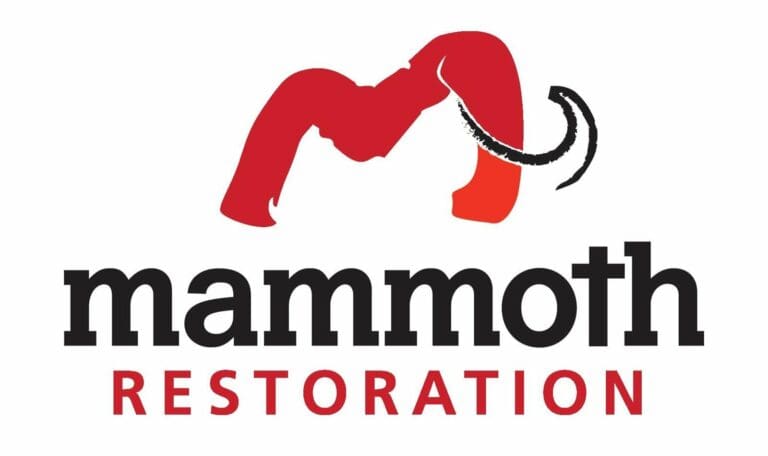


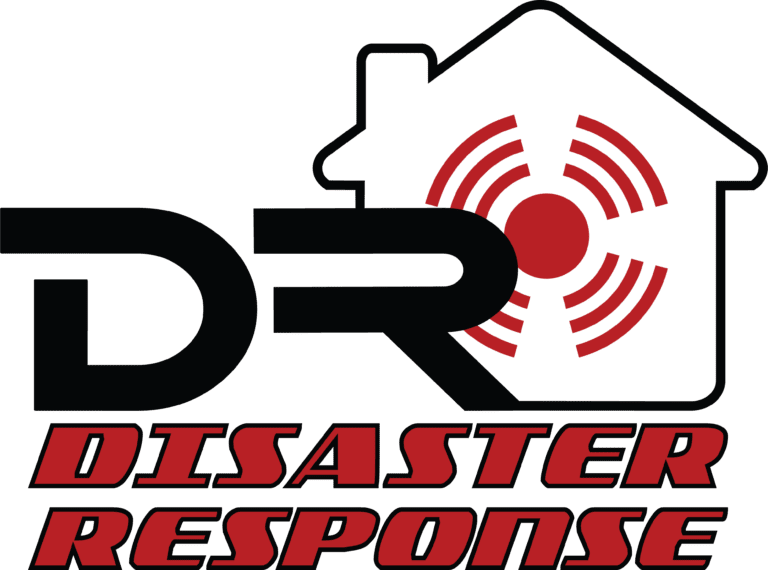



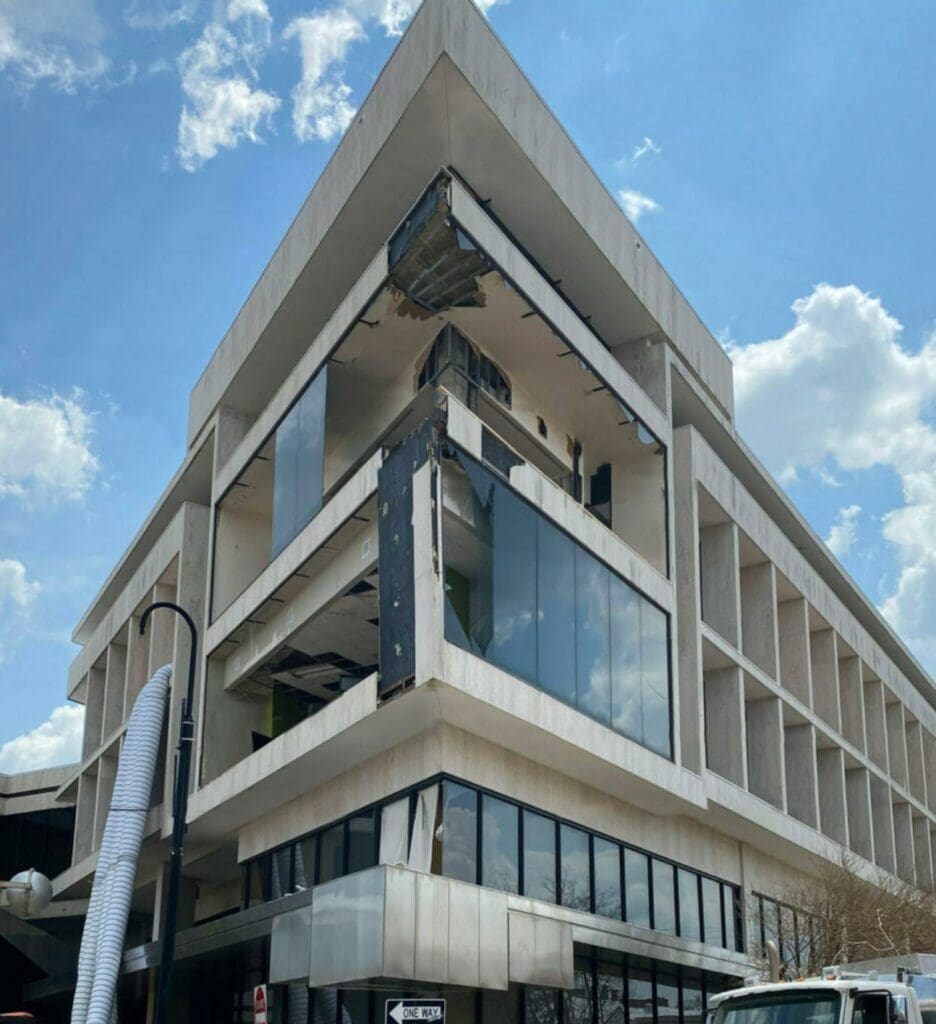
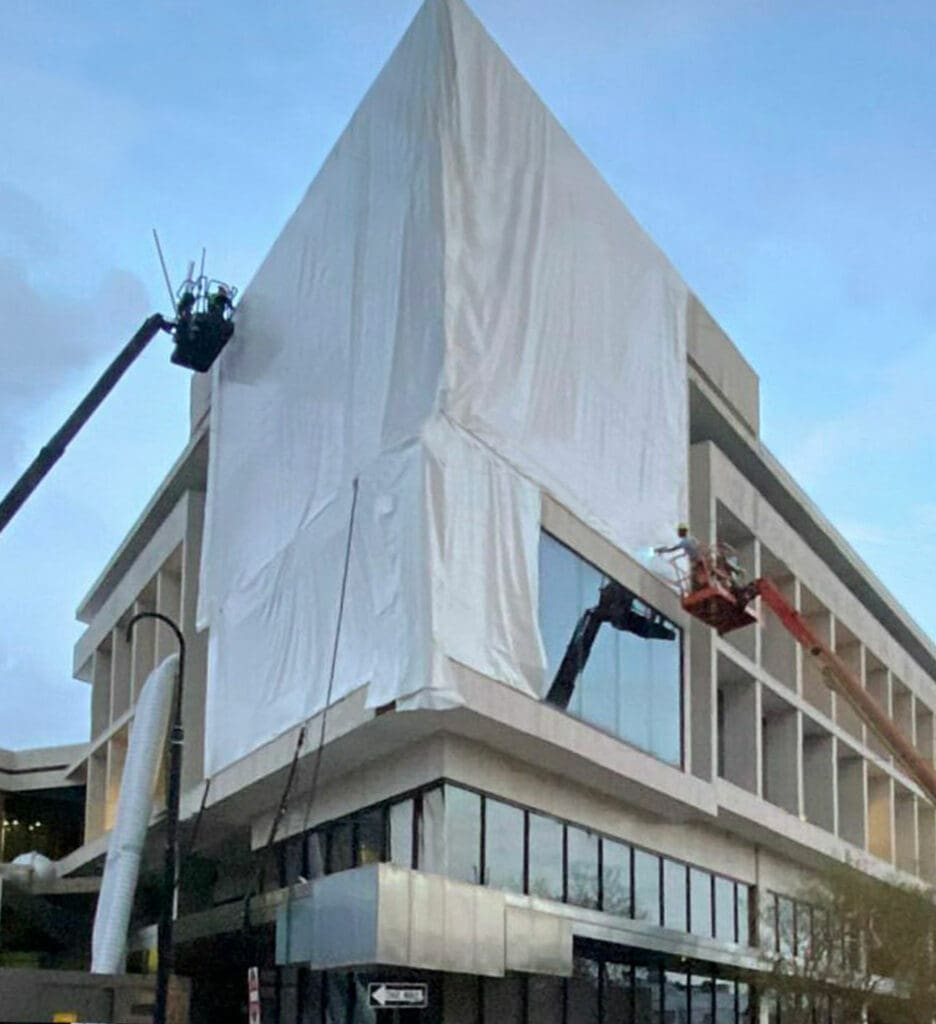
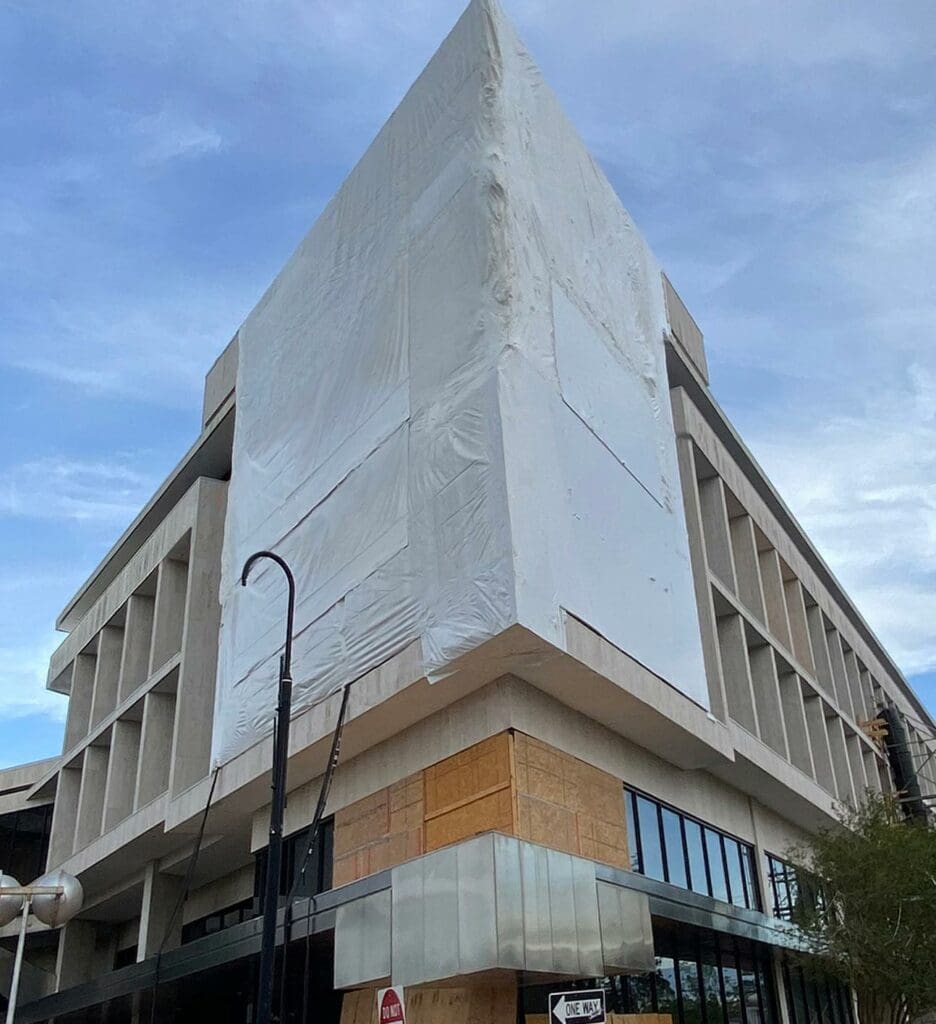
WAREHOUSES
DISTRIBUTION CENTERS
FACTORIES
CONSTRUCTION SITES
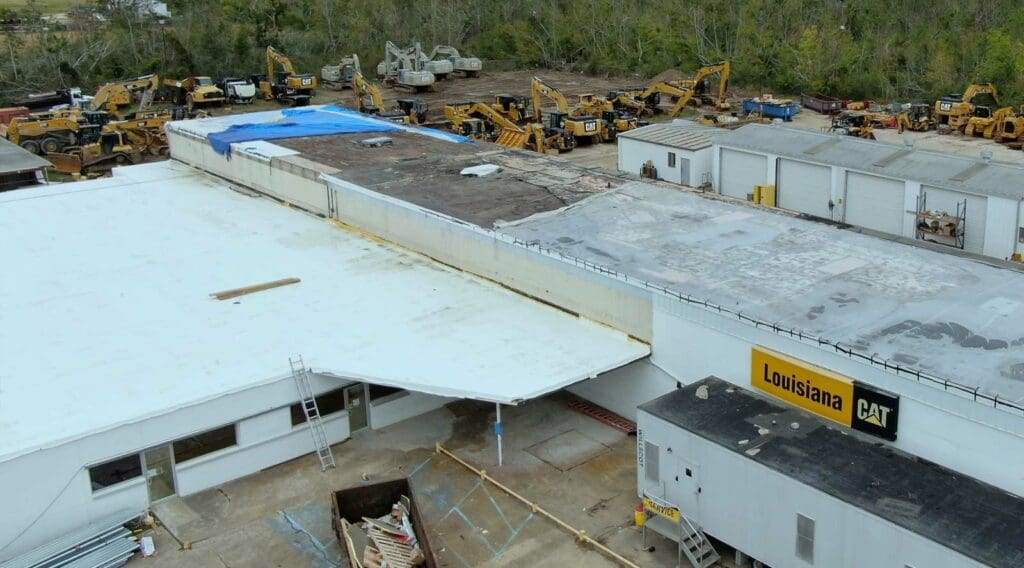
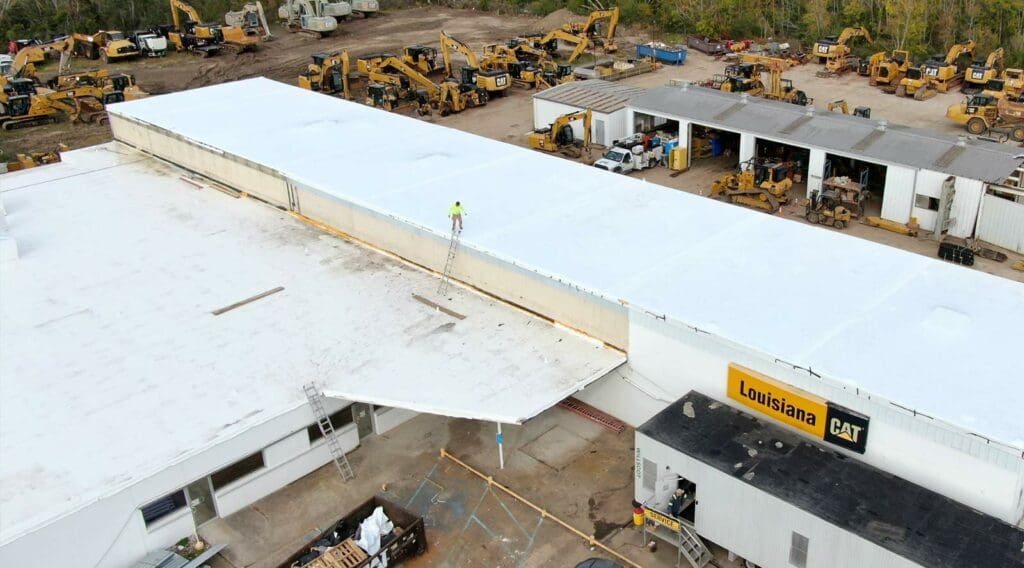
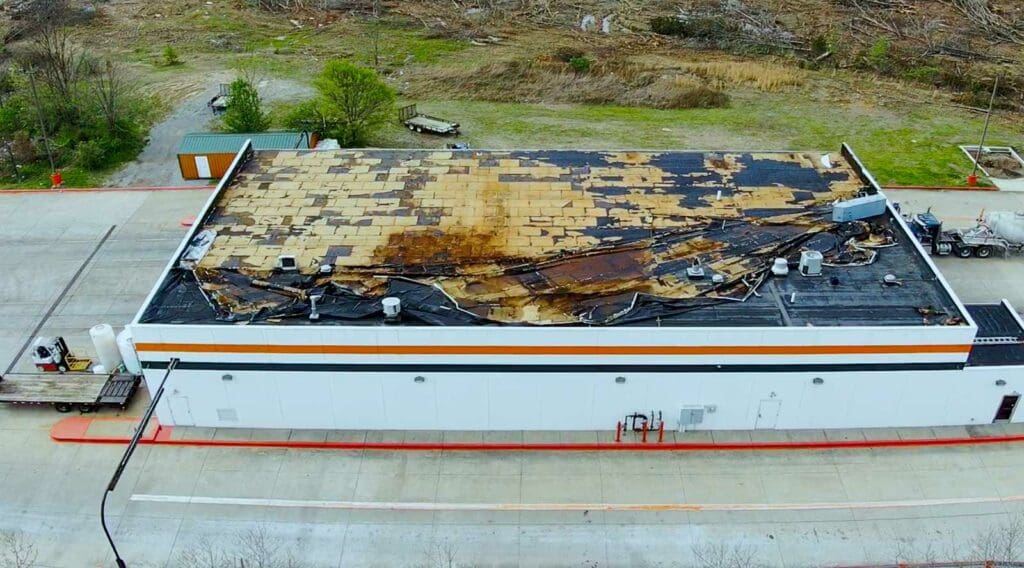

HOSPITALS
SCHOOLS
CHURCHES
MILITARY
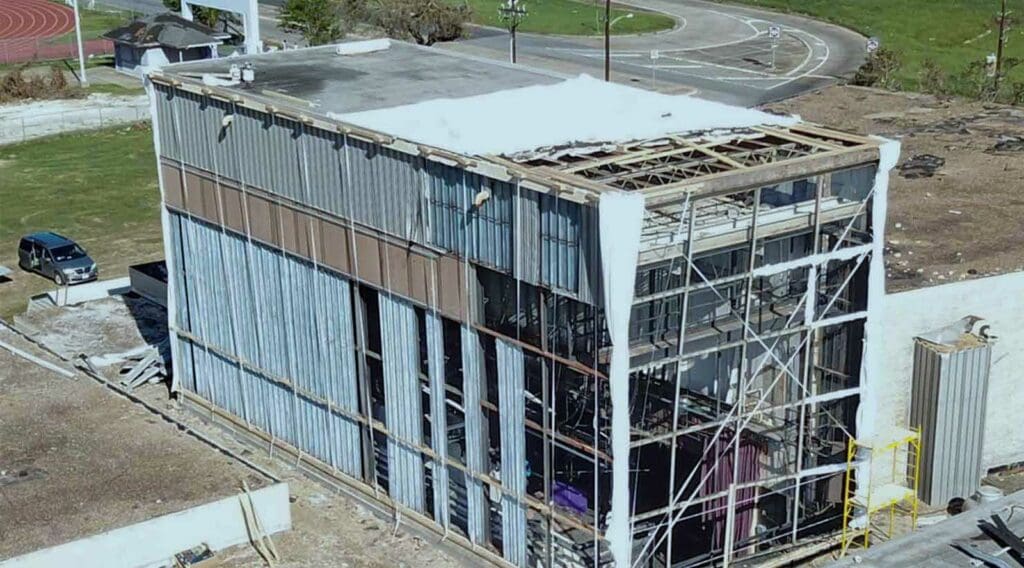
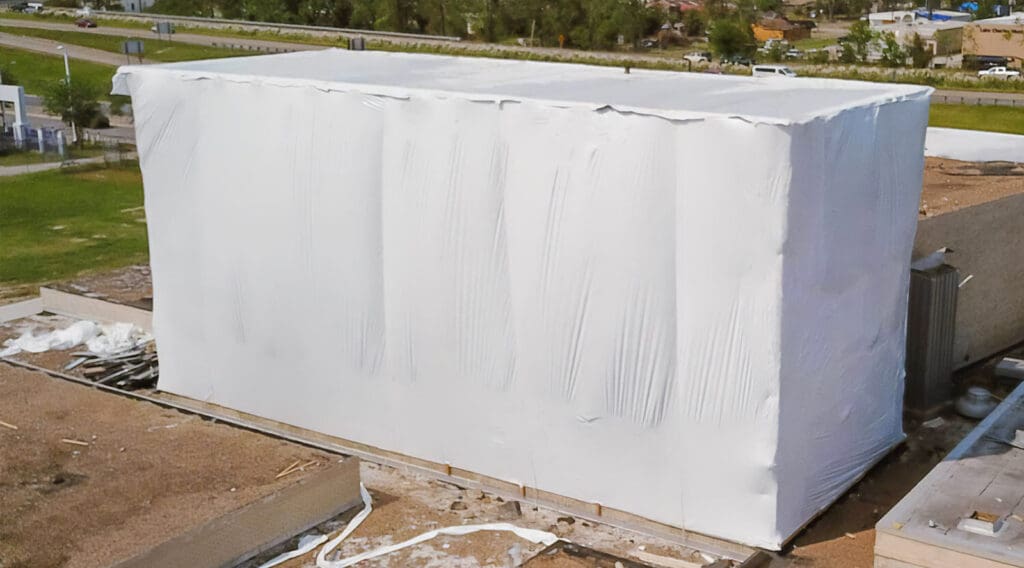

HOUSES
APARTMENTS
DORMITORIES
HOTELS
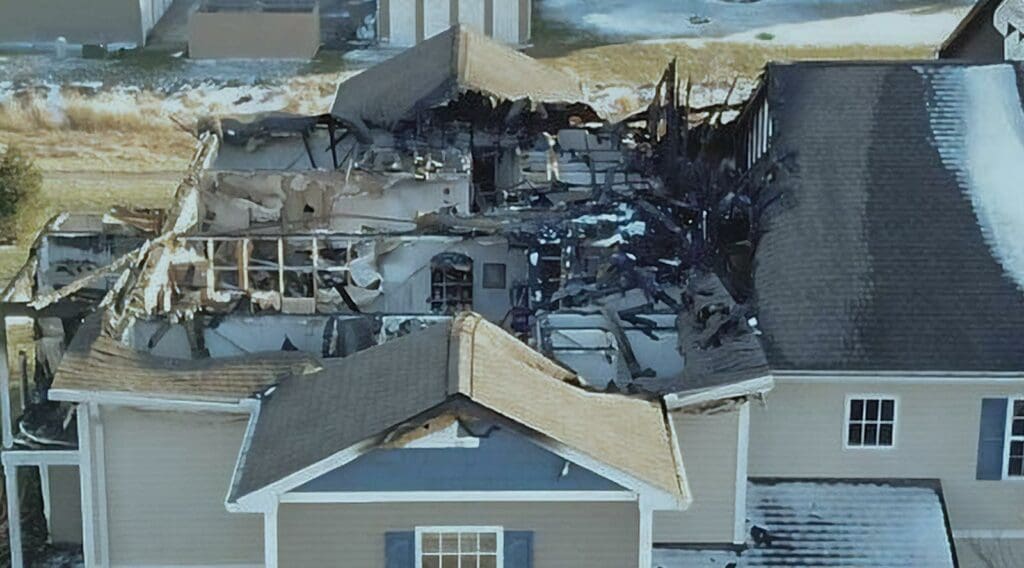
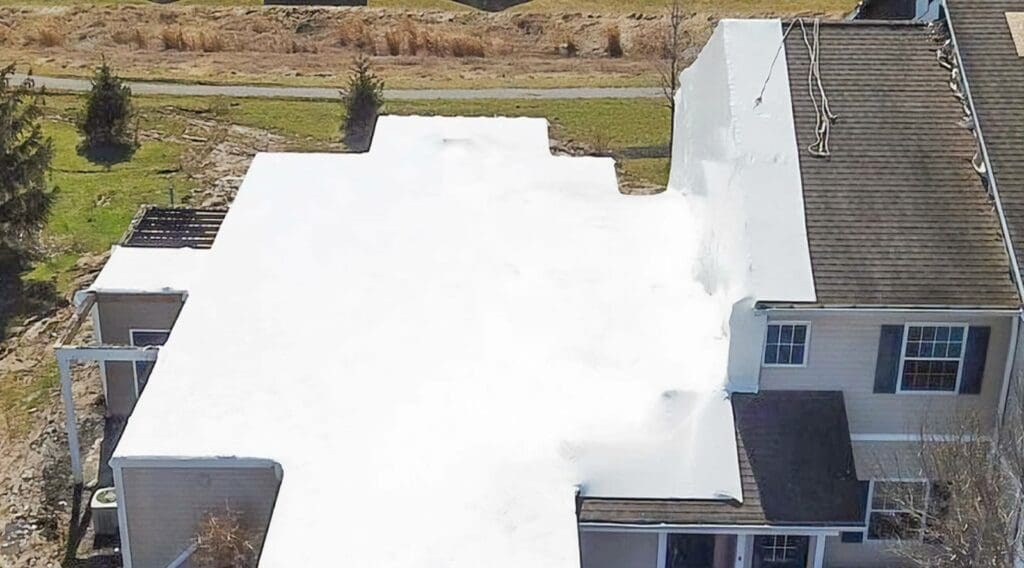
Sign up to get storm & weather updates in your zip code!
© 2025 All Rights Reserved
designed & built by engagesimply. powered by Topic Intelligence™️